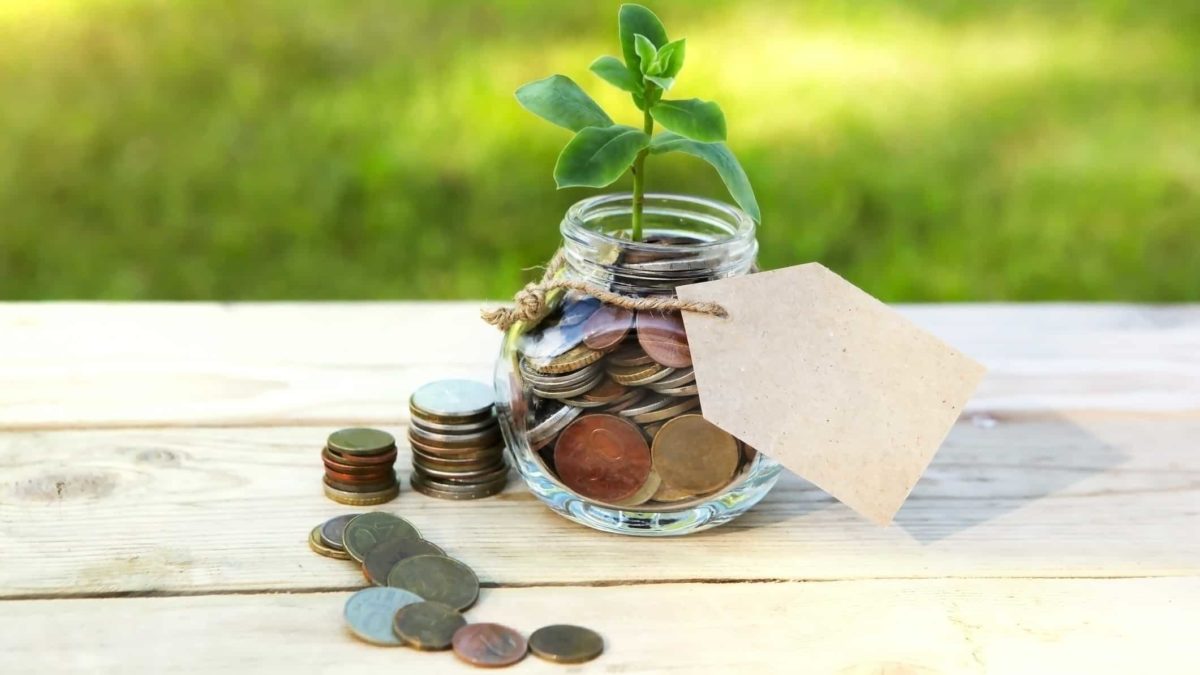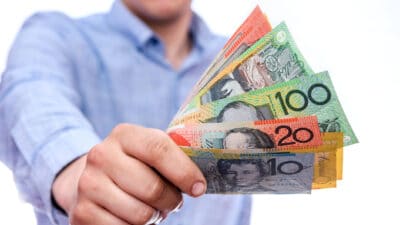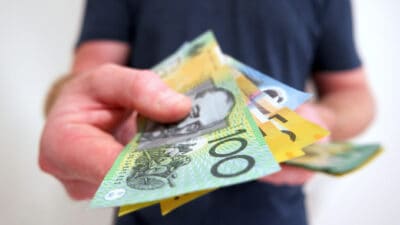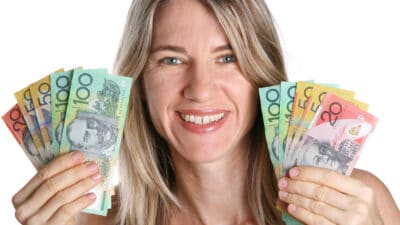It is possible to create a yearly income of $50,000 of dividends from ASX shares, if compound interest can be utilised.
Compound interest can help
One of the smartest people to ever live, Albert Einstein, once reportedly said the following quote about compound interest:
Compound interest is the eighth wonder of the world. He who understands it, earns it, he who doesn't, pays it.
Compound interest can build and build like a snowball rolling down a hill. It's where interest earns interest, which earns interest in the following year.
Here is an example of how compound interest can grow money:
If there is an interest rate of 5%, then $100 will give an investor $5 after the first year. But if the investor leaves that $100 for a decade and it grows at the 5% interest rate whilst re-investing, it would reach $163. If you're wondering how long the $100 would take to double to $200, it would be less than 15 years.
But shares' historical long-term returns haven't been around 5%. It has been stronger. Over the decades the ASX's average return per annum has been approximately 10% per annum.
According to Vanguard, Australian shares have produced returns of 9.8% per annum since 1970.
Compound growth
Investors can play around with a compound interest calculator to play out various scenarios with money. Moneysmart may have one of the leading calculators.
If an investor put $10,000 into the ASX share market and it returned 10% per annum over the next two decades then it would turn into just over $73,000 over the next 20 years. That is just with the initial $10,000 – no further additions of capital.
Plenty of people are regularly investing, even if they don't think of it that way. Most employees make quarterly (or more regular) contributions into their superannuation fund. People are also able to make regular investments outside of their super fund.
If that same investor put in the $10,000 at the start and then invested $200 every month for the next two decades, with the ASX share market making returns of 10% per annum, then it turns into $225,000 over two decades.
Investors can play around with all the different potential scenarios – perhaps with a bigger upfront capital amount, or with higher monthly investing contributions.
If the investor put in $1,000 a month instead of $200 a month then they'd have $832,650 after that two decade period.
How does the $50,000 target of yearly dividends come in?
If an investor gives the portfolio a long enough time and makes regular contributions for a while, then the portfolio could grow into a large size. The portfolio can generate dividends each year.
For example, if a 25-year old decided to invest $1,000 a month into the ASX share market over the next 25 years until they were 50 and the share market returned 10% per annum then it would turn into a portfolio worth $1.18 million.
If the portfolio were invested in ASX shares that had an overall dividend yield of 4.5% then it would generate $53,107 of annual dividends (more than the $50,000 needed).
The Australian taxation system gives dividend investors a unique bonus with franking credits as a result of paying corporate tax.
The Australian Taxation Office (ATO) states:
Dividends paid to shareholders by Australian resident companies are taxed under a system known as imputation. This is where the tax the company pays is imputed, or attributed, to the shareholders. The tax paid by the company is allocated to shareholders as franking credits attached to the dividends they receive.
If you are an Australian resident, it will "reduce your tax liability from all forms of income (not just dividends) and from your taxable net capital gain" and/or "refund any excess franking to you after any income tax and Medicare levy liabilities have been met."
What it means is that investors receive a higher after-tax dividend yield from ASX shares compared to international shares.
But investors would need to work out what yield and portfolio value they are looking for. A $1 million portfolio with a 5% yield would generate the $50,000 annual dividend target. However, a yield of 4% would need a larger portfolio yield.
The hardest decision might be finding which ASX shares to choose.









